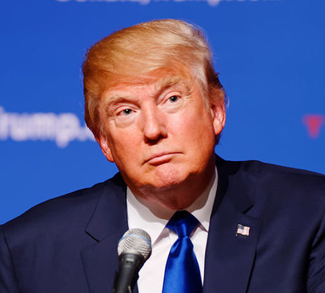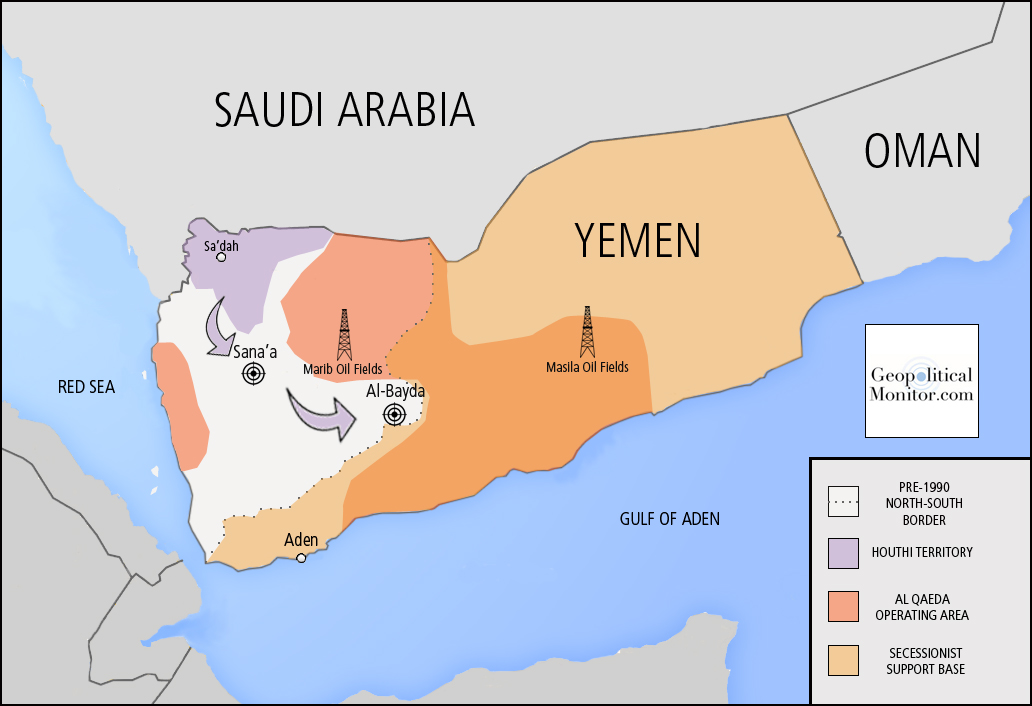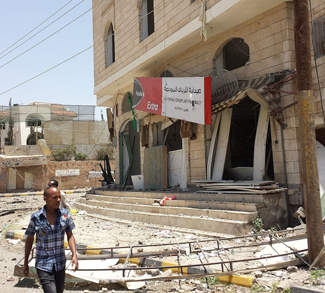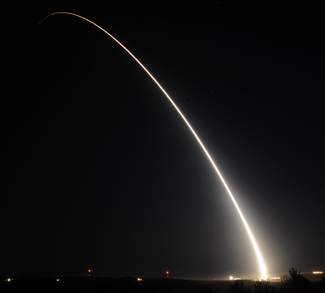Summary
A recent conversation between President Trump and Saudi King Salman may have shed some light on future US policy toward the civil wars in Syria and Yemen. Along with agreeing to boost bilateral cooperation on counter-terrorism, the military, and economic matters, the two leaders discussed the prospect of establishing ‘safe zones’ in Yemen and Syria. Safe zones also came up in another conversation with Abu Dhabi Crown Prince Sheikh Mohammed bin Zayed Al Nahyan, which would seem to suggest that Trump is lobbying regional support ahead of his first foray into the Middle East quagmire that has consumed so many of his presidential predecessors.
If the conventional logic on safe zones is applied, this would mean a sizeable, long-term commitment of US military resources in two of the world’s geopolitical flashpoints – exactly what the Trump campaign promised to avoid. Yet so far, the new US president has demonstrated that his policy playbook is anything but conventional.
Here’s how the safe zones could play out:
Background
A ‘safe zone’ is a secure area meant to provide sanctuary for refugees fleeing conflict; it’s somewhere people can go without having to cross an international border, and somewhere that aid agencies can safely focus their distribution efforts. Safety can stem from a military presence on the ground, and/or an air blockade that nullifies the air power of combatants. Some historical examples of safe zones include: Operation Provide Comfort, the NATO effort to shelter Kurds in northern Iraq following the Gulf War; the NATO no-fly zone over Libya in 2011; and the ill-fated UN attempt to designate Srebrenica a safe area during the Bosnian War, which ended in the slaughter of over 8,000 Muslims sheltering there.




